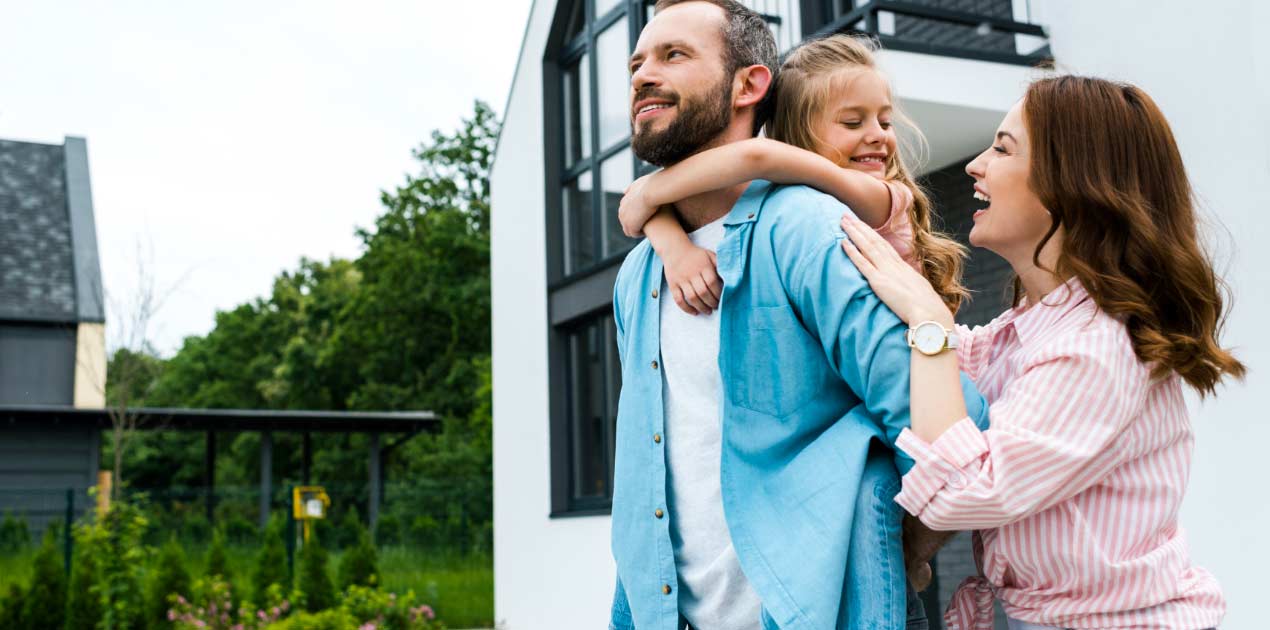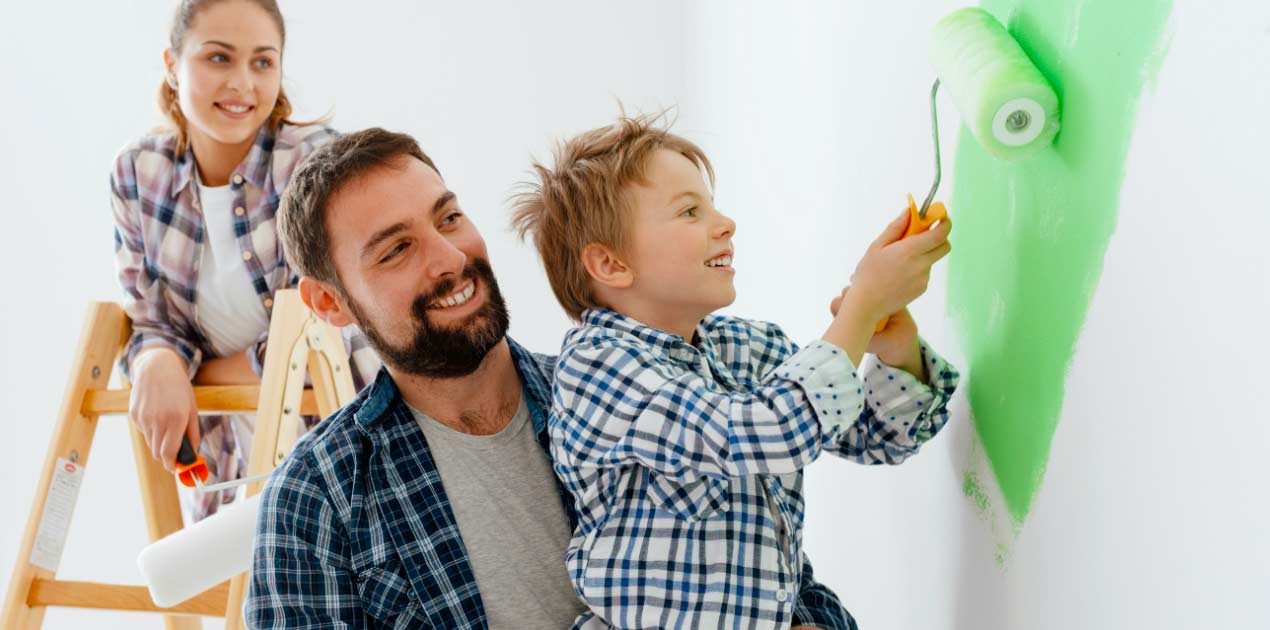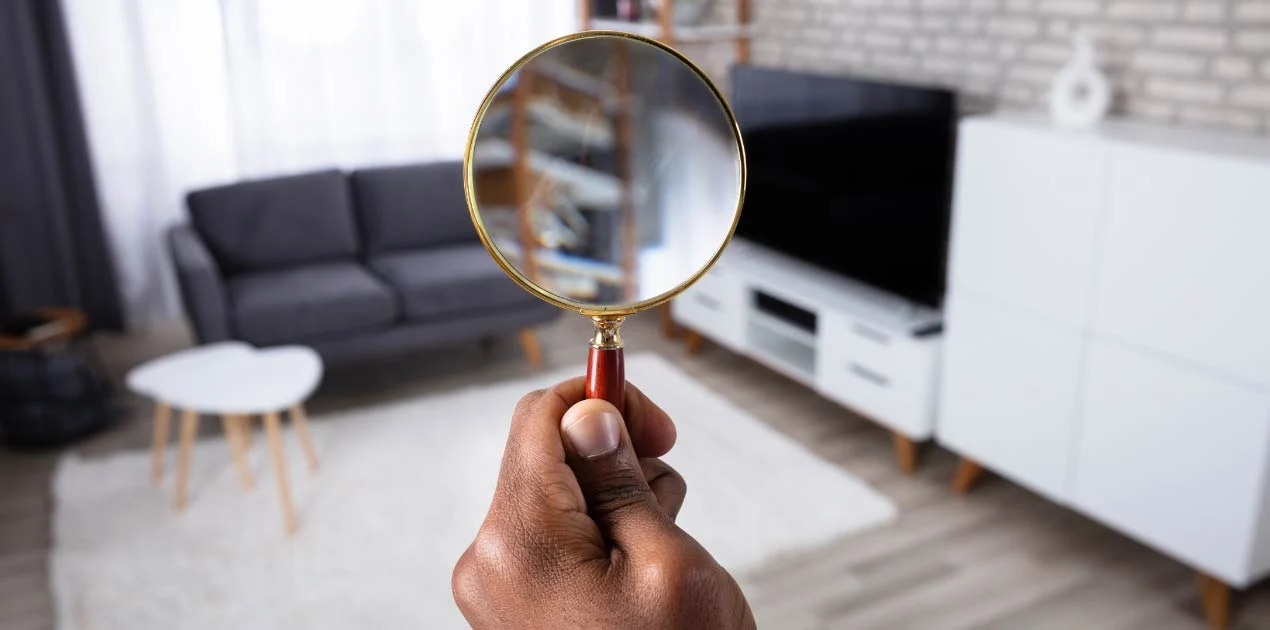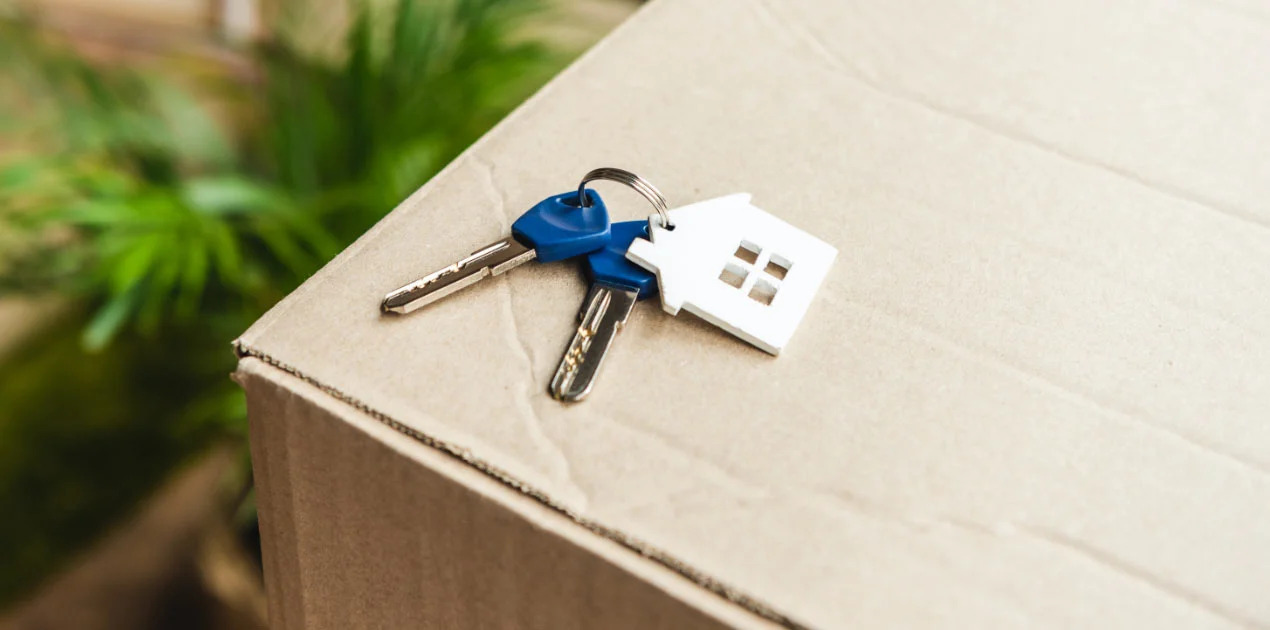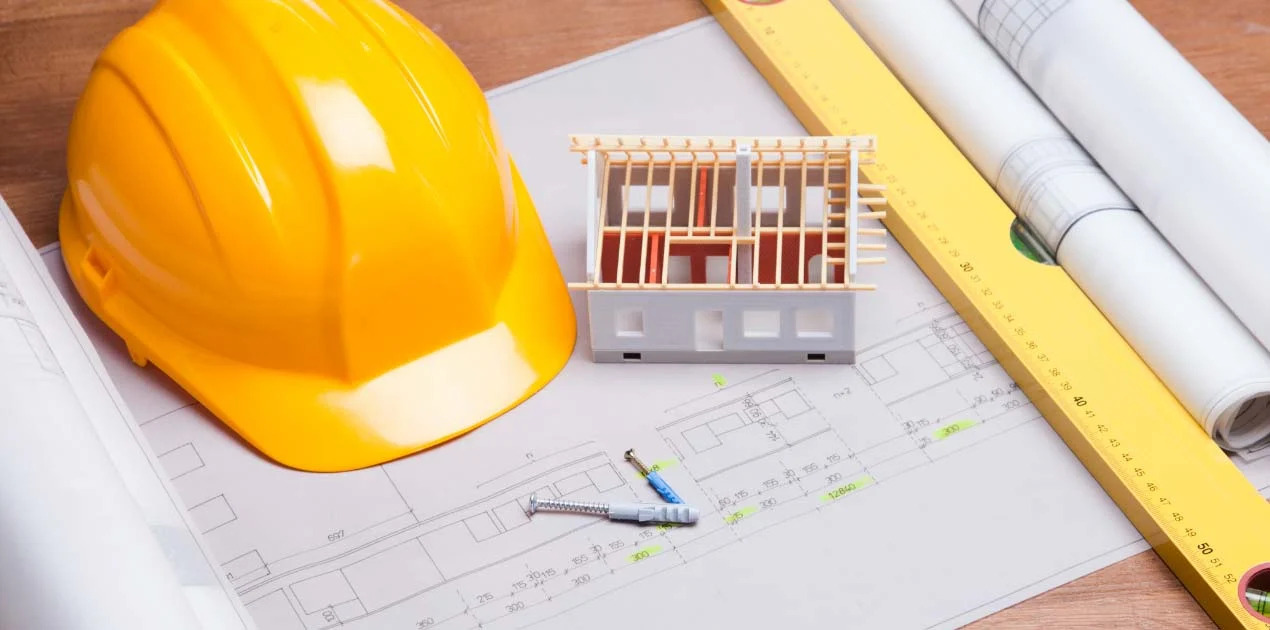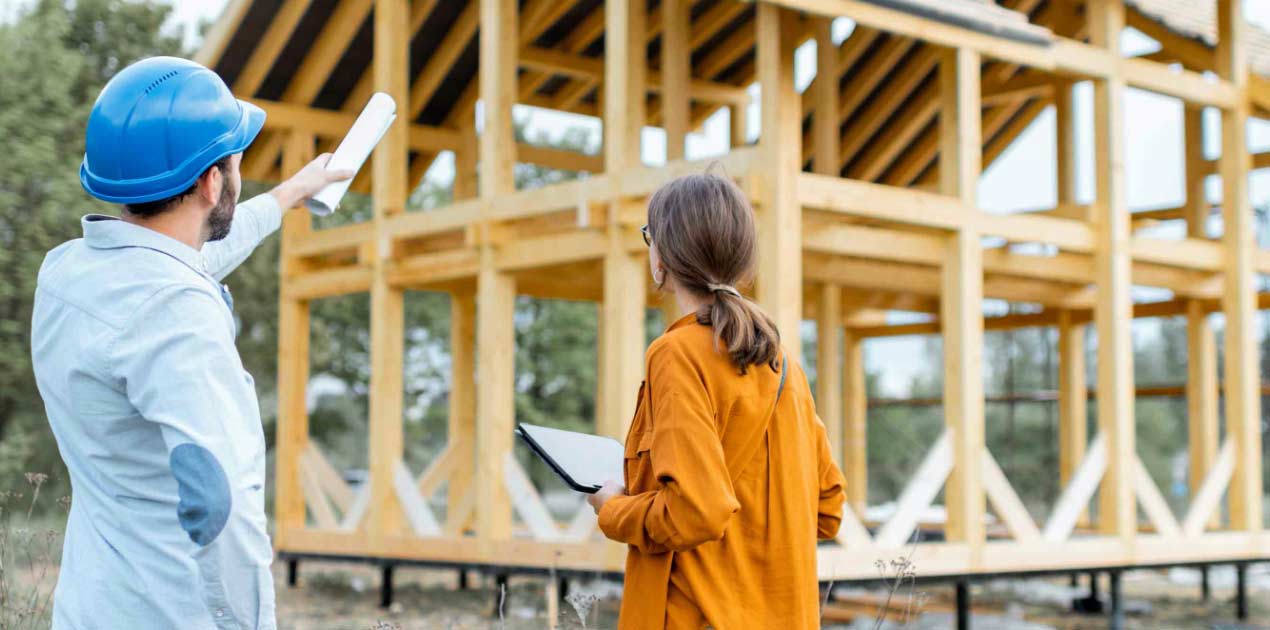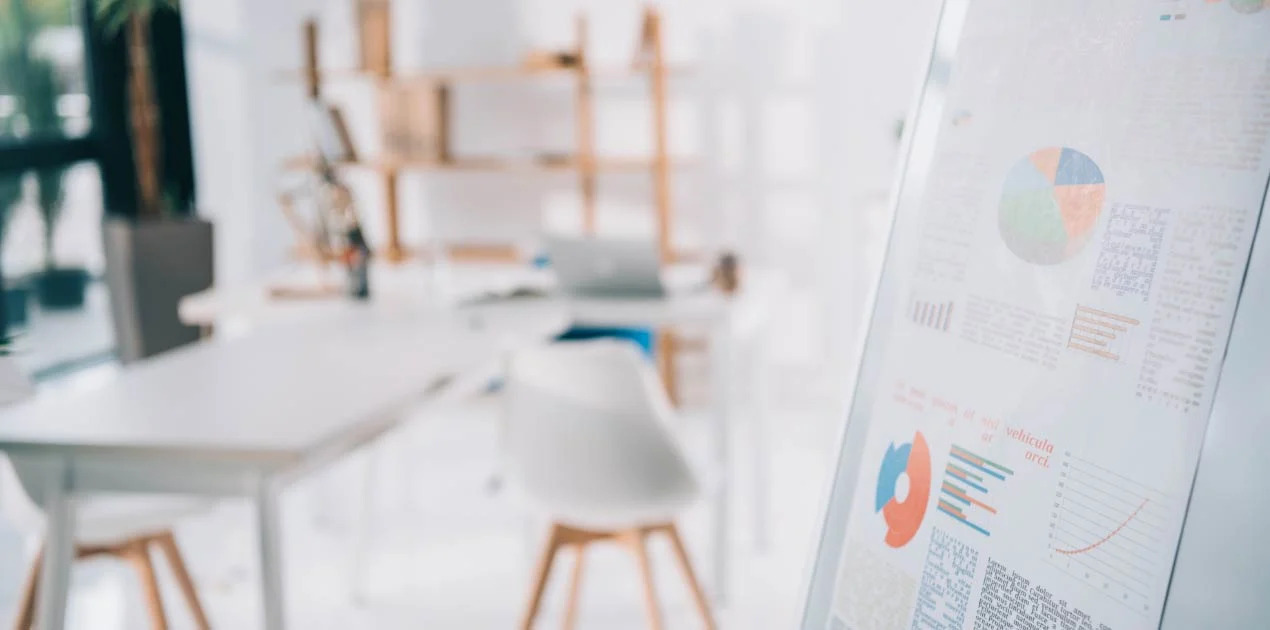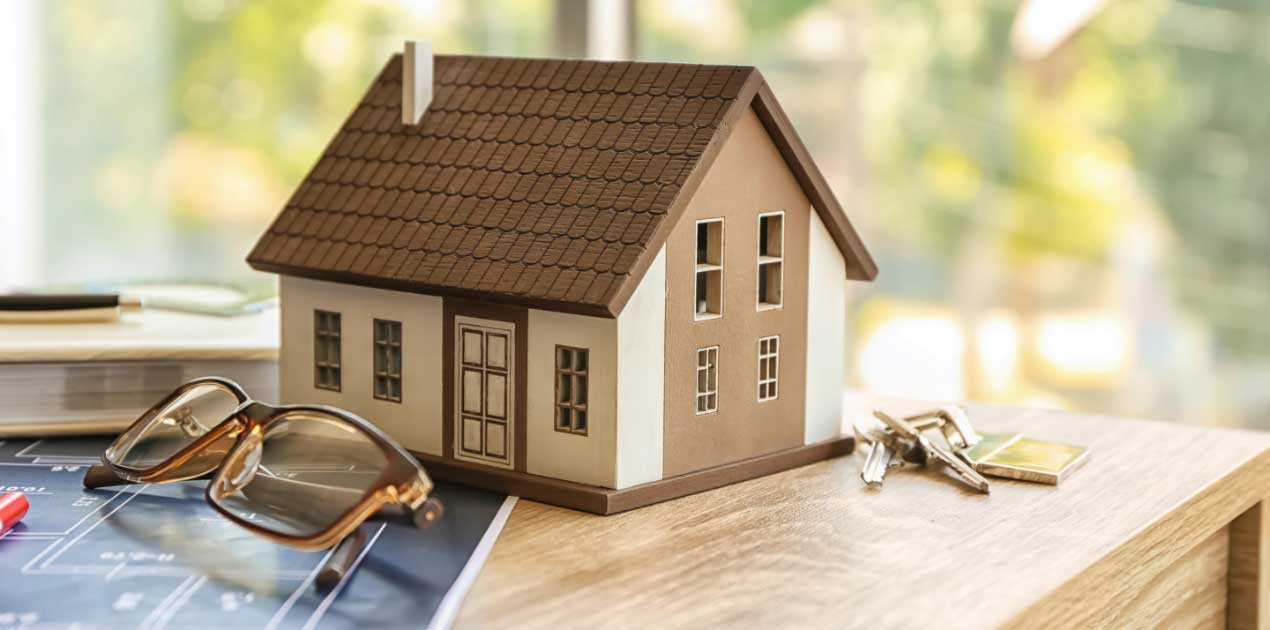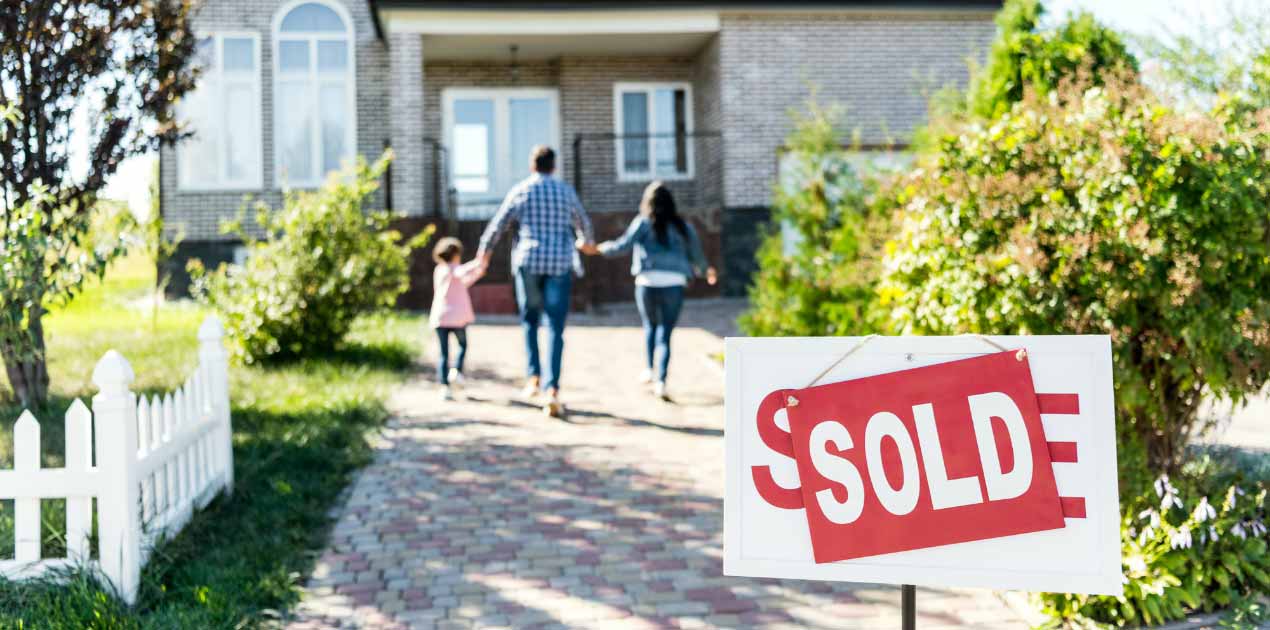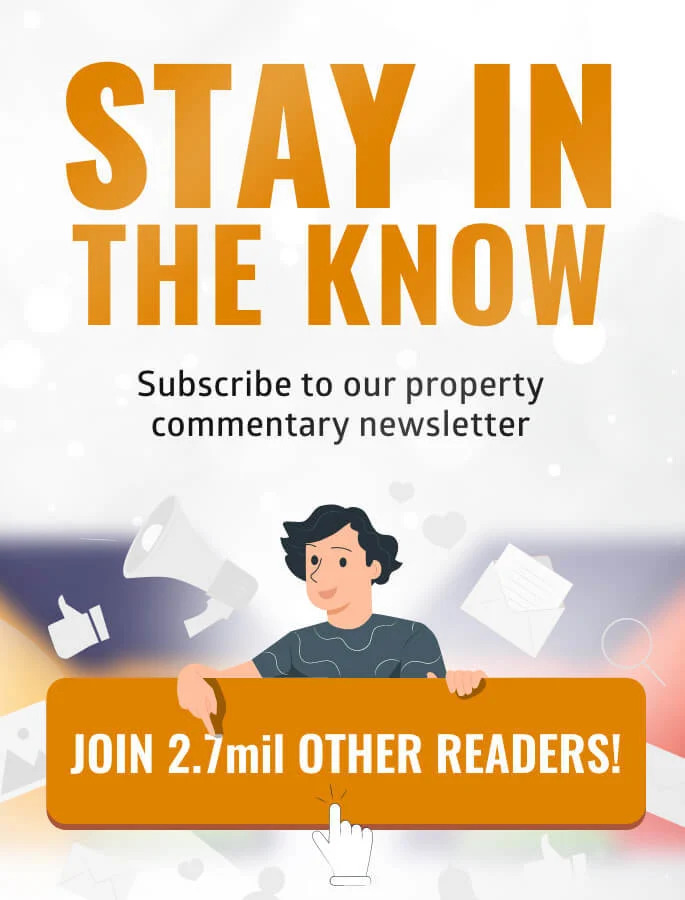Please use the menu below to navigate to any article section:
If you’re looking to buy a house in Brisbane right now, you might be wondering how much you need to earn.
Especially at a time when Brisbane’s property market is one of the strongest property markets in this recovery stage of the property cycle.
The market is looking optimistic and strong demand from both home buyers and property investors for A-grade homes and investment-grade properties will continue to support prices, meaning you might want to purchase sooner rather than later.
But thanks to steep interest rate rises, the rising cost of living, and tightened borrowing across the country, an individual earning the average salary in Brisbane and even across regional Queensland would have to put the majority of their income towards mortgage repayments to afford an average-priced house.
So, what income do you need in order to comfortably afford a house in Brisbane?

Affording a house in Brisbane
At $747,626, Brisbane has the fourth highest median house prices of all Australia’s major cities, behind Sydney, Canberra and Melbourne.
So in order to afford a median-priced house in Brisbane, you would need to pay $812 in mortgage repayments every week.
This is calculated on a 30-year mortgage at the current Australian standard variable rate of 5.87% after a 20% deposit has been deducted.
Meanwhile, the median weekly earnings for those who live and work in Brisbane is $1,250, based on the median salary from the Australian Bureau of Statistics.
This means that 64.96% of an average person’s pre-tax income in Brisbane would be going to mortgage repayments if they were to buy an average house.
But as we know, an individual spending any more than 30% of their weekly earnings on home loan repayments is, by some standards, considered to be under mortgage stress.
So you’d have to make a minimum of $2,750 per week, which is $1,500 more than the median salary, and over double, to comfortably afford a median-priced house in Brisbane.
This works out to be a taxable income of $143,000 per year versus the $65,000 city median.
What taxable salary is needed to avoid mortgage stress
| City | Median property value | Deposit (20%) | Weekly repayment | Median weekly before-tax income | Before-tax income to avoid mortgage stress | Difference |
|---|---|---|---|---|---|---|
| Sydney | $1,082,129 | $216,426 | $1,190 | $1,300 | $3,970 | -$2,670 |
| Melbourne | $766,912 | $153,382 | $846 | $1,300 | $2,820 | -$1,520 |
| Brisbane | $735,394 | $147,078 | $812 | $1,250 | $2,750 | -$1,500 |
| Adelaide | $671,755 | $134,351 | $743 | $1,149 | $2,500 | -$1,351 |
| Perth | $598,074 | $119,614 | $662 | $1,305 | $2,210 | -$905 |
| Hobart | $655,984 | $131,196 | $726 | $1,100 | $2,420 | -$1,320 |
| Darwin | $488,363 | $97,672 | $543 | $1,400 | $1,820 | -$420 |
| Canberra | $839,507 | $167,901 | $926 | $1,518 | $3,090 | -$1,572 |
Affording a house in regional Queensland
Those wanting to buy a house in regional Queensland will need to pay a little less in mortgage repayments compared to those buying in Brisbane.
In regional Queensland, the average dwelling price is $579,517, making it $155,877 less than the city average.
This means that the estimated weekly repayments for a median-priced house in regional Queensland, based on the same calculations, would work out to be around $642.
And the median salary for those living in regional Queensland is only slightly lower, at $1,188.80 per week, versus $1,250 in Brisbane.
That means, for the average individual to afford an average house in regional Queensland, they need to put 54.00% of their income towards their mortgage repayment – while this is less than in Brisbane, it is still far higher than the 30% mortgage stress barrier.
In order to avoid mortgage stress, an individual looking to buy in regional Queensland would have to be making a taxable income of $2,140 per week – nearly double the regional median salary.

What does this mean?
Affording a property in Brisbane is a little bit easier compared to the likes of Sydney and Melbourne.
To be able to comfortably pay mortgage repayments for a median-priced house in Brisbane, you would ideally make around double the median salary or have a partner who’s also on a good income.
And at a time when interest rates could increase further still, you want to earn more again to avoid being too close to mortgage stress.
New research from Roy Morgan shows a record high of 1.5 million (29.2%) mortgage holders were ‘At Risk’ of ‘mortgage stress’ in the three months to July 2023.
This period encompassed two interest rate increases of 0.25% taking official interest rates to 4.1% in June.
The figures for July represent a new record high and surpass the previous record high number reached in the three months to May 2008 of 1.46 million.
So, with this in mind, and the fact that the prices in the capital city are only a little more than those around the rest of the state, it makes sense to find a property in the inner suburbs of Brisbane.
Buying within the capital city often offers the most growth potential since properties are within close proximity to all necessary facilities and transport.

